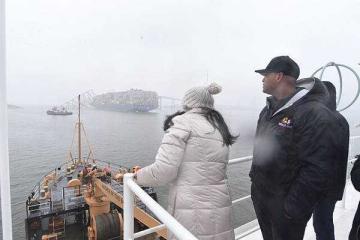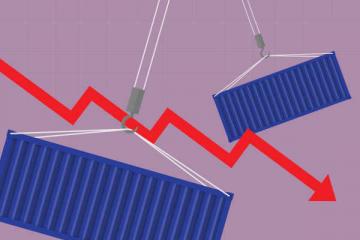Sorry, but your login has failed. Please recheck your login information and resubmit. If your subscription has expired, renew here.
May-June 2020
Most of the time, when I sit down to write this column I look at what I wrote for the previous year’s issue for perspective or inspiration. The truth is, nothing I’ve written before, or experienced in my 64 years, has prepared me for COVID-19. I’m sure that most, if not all, of you can say the same. Yes, it’s a global crisis, but closer to home, it’s a supply chain crisis. Quite simply, even the best supply chains, at least those that are still operating, are broken. Browse this issue archive.Need Help? Contact customer service 847-559-7581 More options
When developing supply chain applications utilizing artificial intelligence (AI), it’s vitally important to keep in mind that the working relationship between machine and humans is critical to the success of these projects.
Our extensive research shows that all too often projects are implemented without a clear understanding of how AI and people will work together as a team. A common pitfall is to underestimate the importance of pairing the predictive capabilities of algorithms with human expertise and intuition.
As part of our research to examine how companies use digital capabilities, we have developed a framework for these working relationships. The framework is based on four configurations of machine/human relationships for different AI project types.
Map your decision-making
Before applying the framework, it is advisable to assess the decision-making context of the application along two dimensions: the openness of the decision-making process and the level of risk. This will help managers to decide which teaming options are the most appropriate.
Decision-making openness can vary from closed to open, and each extreme requires a different approach to AI.
Closed decision-making has predefined rules for framing decisions. Think of an automatic language translator that is programmed to follow preset rules of grammar and meaning. Conversely, in an open process the rules are not well-defined because decision-making has to be open to unpredictable changes. Think of an AI-driven assessment of the supplier base for a large contract negotiation where a company is making key sourcing decisions in preparation for the talks. The behavior of the participants is difficult to foresee and the final contract terms are unknown, so there has to be some flexibility in what decisions can be made.
The level of risk assessment encompasses all relevant types of threats associated with the AI-based decisions such as reputational and financial risk. Knowing the risk level helps you decide whether making decisions based entirely on algorithms is acceptable or whether you will need the support of human expertise in the decision-making process.

This complete article is available to subscribers only.
Log in now for full access or start your PLUS+ subscription for instant access.
SC
MR
Sorry, but your login has failed. Please recheck your login information and resubmit. If your subscription has expired, renew here.
May-June 2020
Most of the time, when I sit down to write this column I look at what I wrote for the previous year’s issue for perspective or inspiration. The truth is, nothing I’ve written before, or experienced in my 64 years,… Browse this issue archive. Access your online digital edition. Download a PDF file of the May-June 2020 issue.When developing supply chain applications utilizing artificial intelligence (AI), it's vitally important to keep in mind that the working relationship between machine and humans is critical to the success of these projects.
Our extensive research shows that all too often projects are implemented without a clear understanding of how AI and people will work together as a team. A common pitfall is to underestimate the importance of pairing the predictive capabilities of algorithms with human expertise and intuition.
As part of our research to examine how companies use digital capabilities, we have developed a framework for these working relationships. The framework is based on four configurations of machine/human relationships for different AI project types.
Map your decision-making
Before applying the framework, it is advisable to assess the decision-making context of the application along two dimensions: the openness of the decision-making process and the level of risk. This will help managers to decide which teaming options are the most appropriate.
Decision-making openness can vary from closed to open, and each extreme requires a different approach to AI.
Closed decision-making has predefined rules for framing decisions. Think of an automatic language translator that is programmed to follow preset rules of grammar and meaning. Conversely, in an open process the rules are not well-defined because decision-making has to be open to unpredictable changes. Think of an AI-driven assessment of the supplier base for a large contract negotiation where a company is making key sourcing decisions in preparation for the talks. The behavior of the participants is difficult to foresee and the final contract terms are unknown, so there has to be some flexibility in what decisions can be made.
The level of risk assessment encompasses all relevant types of threats associated with the AI-based decisions such as reputational and financial risk. Knowing the risk level helps you decide whether making decisions based entirely on algorithms is acceptable or whether you will need the support of human expertise in the decision-making process.
 SUBSCRIBERS: Click here to download PDF of the full article.
SUBSCRIBERS: Click here to download PDF of the full article.
SC
MR

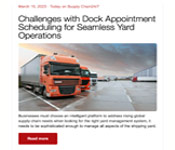
Latest Supply Chain News
- How CPG brands can deliver on supplier diversity promises
- How S&OP provides the answer to in-demand products
- AI, virtual reality is bringing experiential learning into the modern age
- Humanoid robots’ place in an intralogistics smart robot strategy
- Tips for CIOs to overcome technology talent acquisition troubles
- More News
Latest Podcast
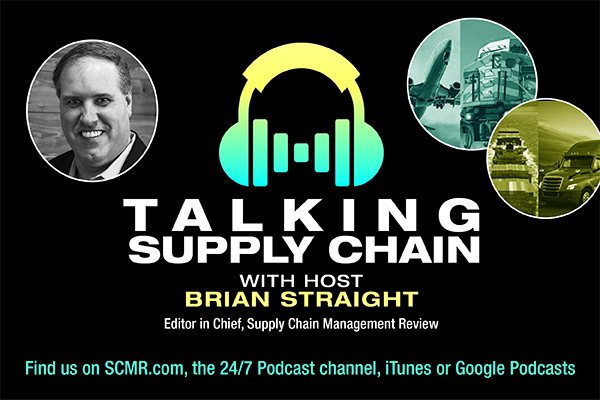
 Explore
Explore
Software & Technology News
- AI, virtual reality is bringing experiential learning into the modern age
- Humanoid robots’ place in an intralogistics smart robot strategy
- Tips for CIOs to overcome technology talent acquisition troubles
- Game on: Rethinking change management for the digital era
- Predicting stockouts: Enhancing FMCG resilience through data-driven insights
- Top Performers Investing in, Benefitting from AI
- More Software & Technology
Latest Software & Technology Resources
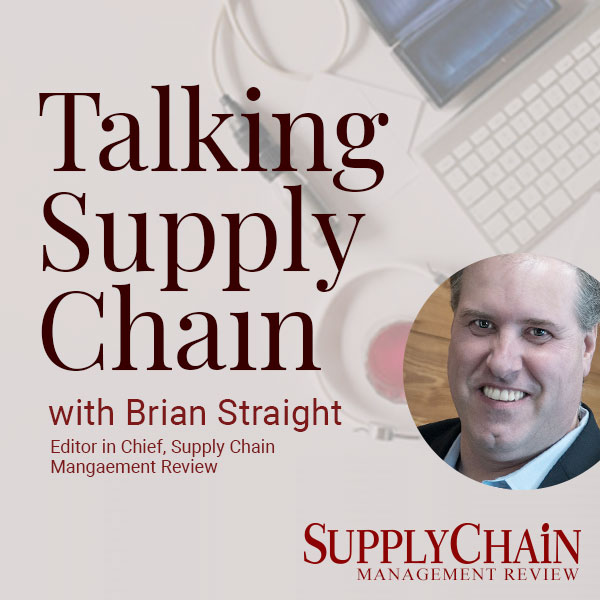
Subscribe
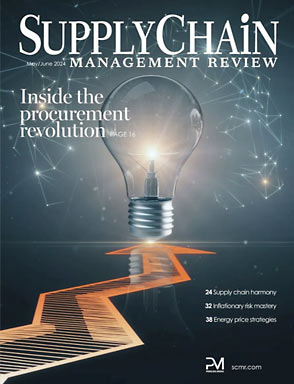
Supply Chain Management Review delivers the best industry content.
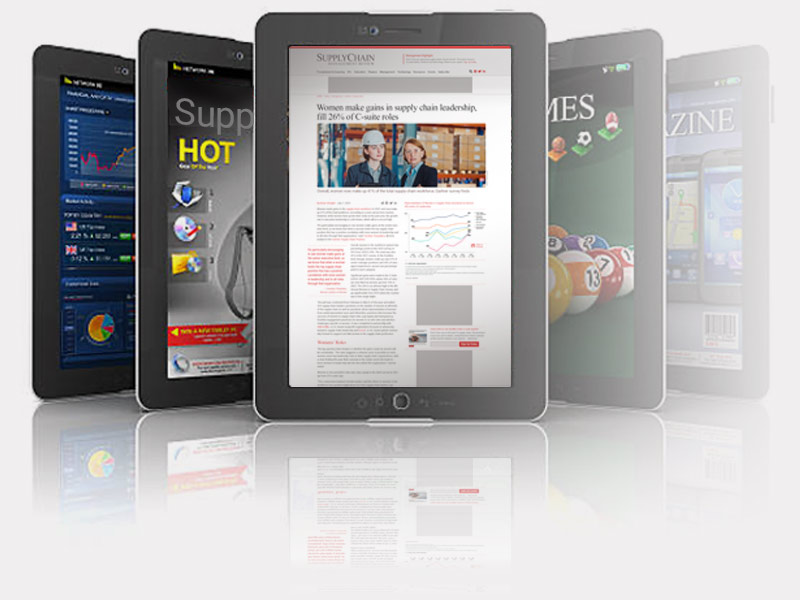
Editors’ Picks
